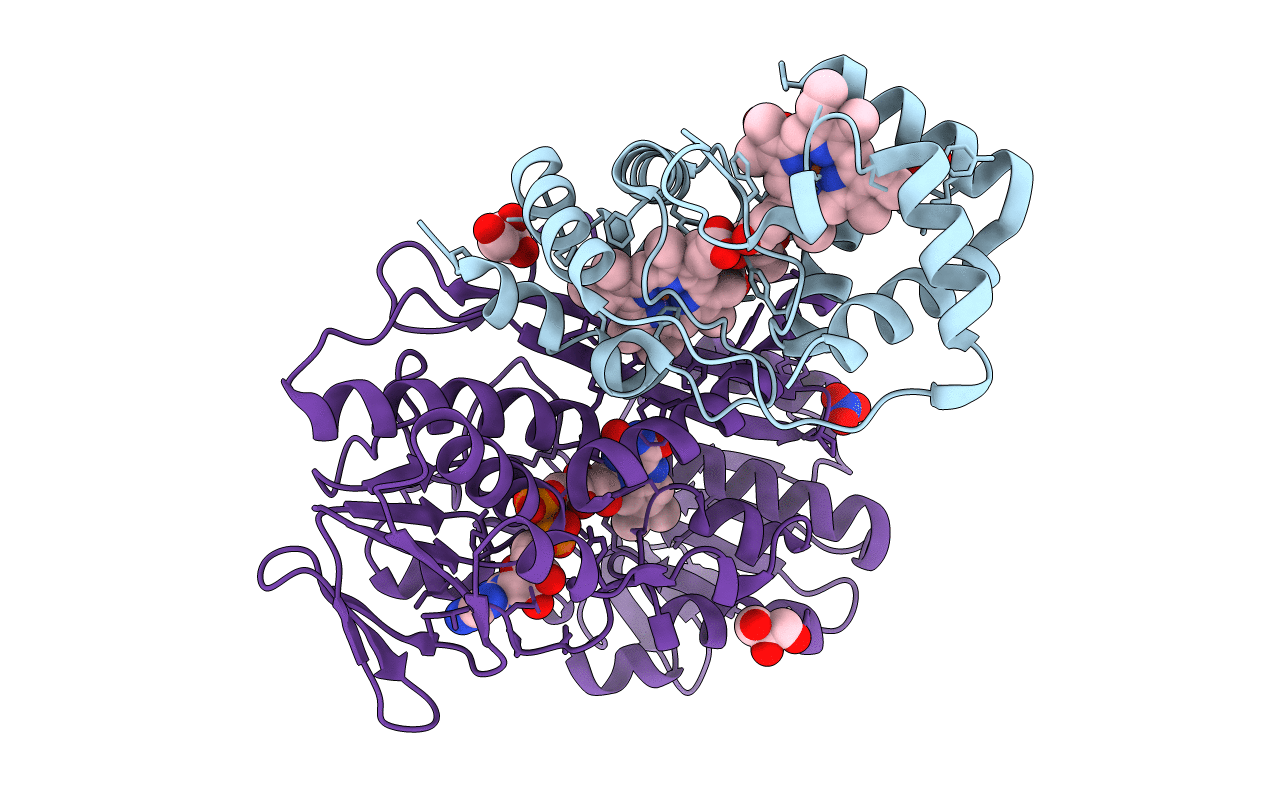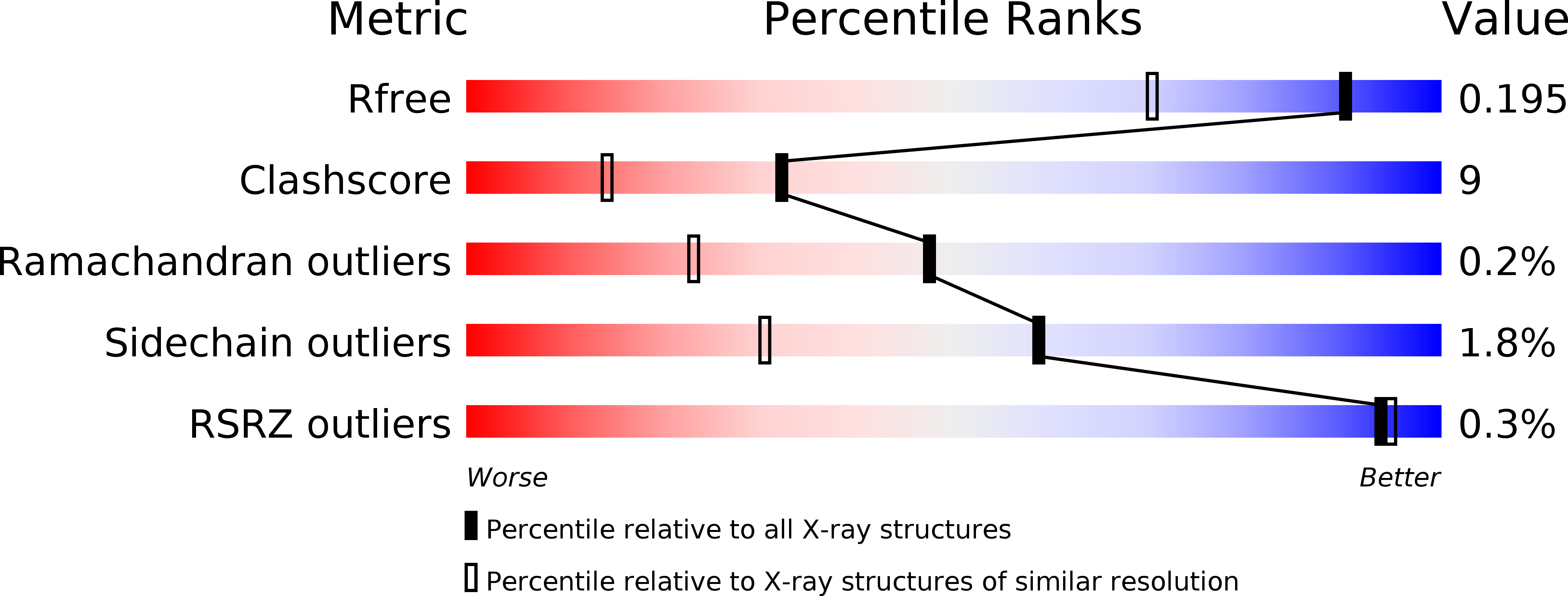
Deposition Date
2012-04-09
Release Date
2012-09-12
Last Version Date
2024-12-25
Entry Detail
PDB ID:
3VRD
Keywords:
Title:
Crystal structure of flavocytochrome c from Thermochromatium tepidum
Biological Source:
Source Organism:
Thermochromatium tepidum (Taxon ID: 1050)
Method Details:
Experimental Method:
Resolution:
1.50 Å
R-Value Free:
0.19
R-Value Work:
0.15
R-Value Observed:
0.16
Space Group:
I 4


